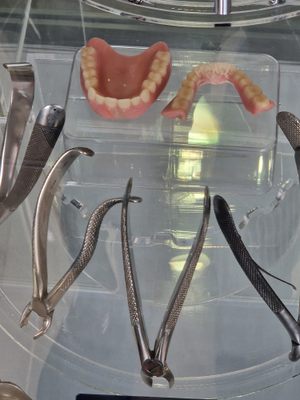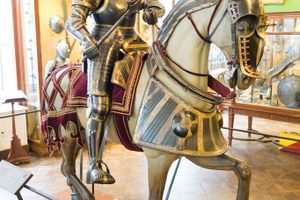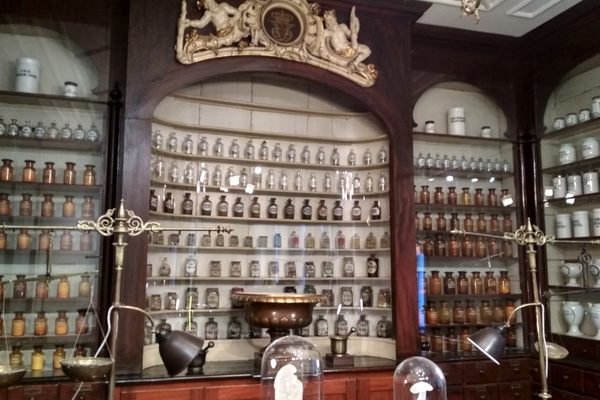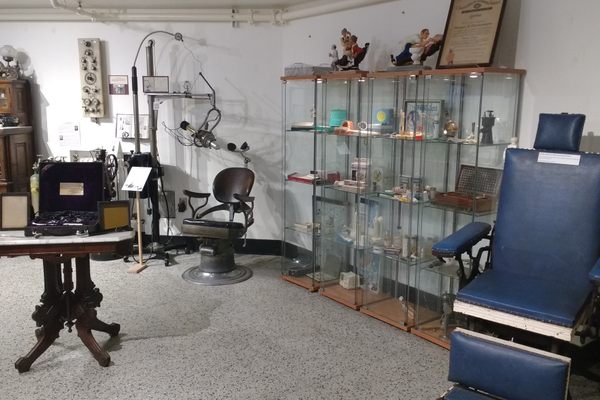About
Austin Powers may have struck comedic gold with his British “bad teeth” bit, but this tiny museum tells a different story—though it’s definitely not for odontophobics.
Even people who don’t fear a routine trip to the dentist might feel queasy here too, as the cabinets and shelves are lined with an armory of pointy, scary-looking instruments. Here, you’ll even learn that in past centuries, it was probably a barber, blacksmith, or wigmaker who’d be pulling out your achy, rotting teeth, often using pliers or a “tooth key” (which works exactly as you might imagine).
It wasn’t until the 20th century that medical science became advanced enough to see beyond extraction. Instead of simply having your teeth cleaned or touched up, if you were lucky, your basically bare gums would’ve been squelched beneath dentures made of ivory, wood, porcelain, hard rubber, or, grossly, the teeth of soldiers killed in battle.
Fortunately, anesthetic and orthodontics have bought dental care to millions of people. At the British Dental Museum, you can gaze upon the horrors of the past and celebrate the industry’s progress. The museum houses over 25,000 items that span from the 17th century to the present. It’ll even help you trace your family history to see if any of your ancestors were dentists. There’s plenty of information about how the dental industry became legitimate and legal, too.
Artwork like a Victorian-era dental scene made of crab shells shows the old horrors of extraction. These vintage images are contrasted with more modern posters urging you to brush twice a day. The museum displays some of the early toothbrushes that were first popularized in England, which were made of pig bristle or horsehair and were often too expensive for the general public. Some of the dental pots, tubs, and pill boxes are works of art. Though these older versions are far more appealing than the plastic squeeze tubes of today, the pastes and powders in them might have contained charcoal, chalk, or some other abrasive ingredient.
In the museum’s front window, right by the door, is something from 1890. Even after over a century, it has barely changed: a recognizable reclining chair with a spittoon on the side, a large light overhead, and a foot-powered drill alongside. It practically invites you to sit back, relax, and open wide.
Related Tags
Know Before You Go
The museum has very limited opening hours: Tuesday and Thursday between 1:00 and 4:00 p.m.
Published
September 22, 2017




















































